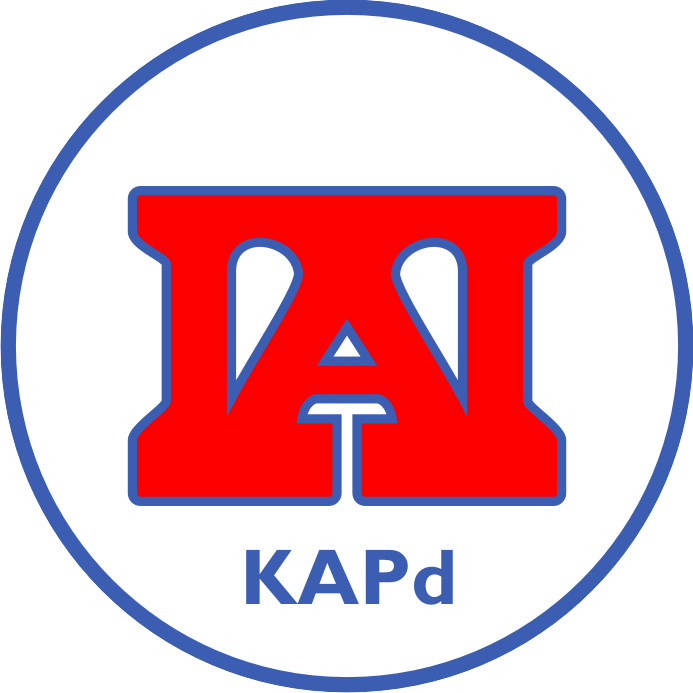Cost Volume Profit Sebagai Alat Bantu Penyusunan RKAP PG Jatiroto
Abstract
Abstrak: Keberhasilan manajemen dapat diukur dengan kemampuan memperoleh laba perusahaan. Laba itu sendiri dipengaruhi oleh beberapa faktor yaitu harga per unit, volume penjualan, biaya produksi. Keterkaitan faktor-faktor tersebut yaitu: biaya yang dikeluarkan menentukan harga jual produk untuk mencapai tingkat laba yang dikehendaki, harga jual mempengaruhi volume penjualan, sedangkan volume penjualan mempengaruhi volume produksi, dan volume produksi mempengaruhi biaya. Rencana Jangka Pendek perusahaan atau yang sering dikenal dengan istilah Rencana Kerja dan Anggaran Perusahaan (RKAP), didalamnya terdapat proyeksi laba rugi atau target laba yang telah direncanakan disertai rencana biaya-biaya yang akan dikeluarkan. Biaya tersebut dipisahkan berdasarkan perilakunya, yaitu biaya tetap dan biaya variabel. Manajemen memerlukan informasi untuk menilai berbagai macam kemungkinan yang berakibat terhadap laba yang telah diproyeksikan di masa yang akan datang. Penelitian ini menggunakan analisis Cost Volume Profit yang digunakan sebagai alat bantu penyusunan RKAP PG Jatiroto dengan mengetahui titik impas produk dan mengetahui berapa jumlah penurunan maksimal penjualan atau produksi PG Jatiroto yang diperbolehkan agar perusahaan tidak mengalami kerugian. Penelitian ini menggunakan dua output analisis Cost Volume Profit, yaitu analisis Break Even Point dan analisis Margin of Safety. Berdasarkan hasil penelitian dapat disimpulkan bahwa tahun 2015 Break Even Point PG Jatiroto yaitu 22.313,3 ton gula atau sebesar Rp.167.349.535.049, sedangkan Margin of Safety menunjukkan angka 66%. sehingga PG Jatiroto tidak mengalami kerugian ataupun keuntungan dengan produksi sebesar 22.313,3 ton gula, serta penurunan produksi yang ditoleransi sebesar 66% dari RKAP agar tidak mengalami kerugian.Kata kunci: Break Even Point, Cost Volume Profit, Margin of Safety, RKAP
Abstract: The success of management can be measured by the ability to earn corporate profits. Profit itself is influenced by several factors, namely price per unit, sales volume, production costs. The linkage of these factors is: the cost incurred determines the selling price of the product to achieve the desired profit level, the selling price affects the sales volume, while the sales volume affects the production volume, and the production volume affects the cost. Short Term Plan of the company or often known as the Work Plan and Corporate Budget (RKAP), in which there is a projected profit or loss or profit target that has been planned along with the planned costs to be incurred. These costs are disaggregated based on their behavior, ie fixed costs and variable costs. Management requires information to assess the range of possibilities that result in projected future profits. This study uses Cost Volume Profit analysis which is used as a tool for preparing RKAP PG Jatiroto by knowing the breakeven point of the product and knowing how much the maximum decrease of sales or production of PG Jatiroto that allowed the company not to lose. This research uses two output analysis Cost Volume Profit, that is Break Even Point analysis and Margin of Safety analysis. Based on the research results can be concluded that the year 2015 Break Even Point PG Jatiroto is 22,313.3 tons of sugar or Rp.167.349.535.049, while Margin of Safety showed 66%. So that PG Jatiroto did not suffer any loss or profit with production of 22,313.3 tons of sugar, and production decline which was tolerated 66% from RKAP in order not to lose.
Keywords: Break Even Point, Cost Volume Profit, Margin of Safety, RKAP
Published
2017-12-21
How to Cite
PUSPASARI, Dyah; FADILAH, Mudrihatul.
Cost Volume Profit Sebagai Alat Bantu Penyusunan RKAP PG Jatiroto.
JURNAL ONLINE INSAN AKUNTAN, [S.l.], v. 2, n. 2, p. 249-258, dec. 2017.
ISSN 2528-0163.
Available at: <http://ejournal-binainsani.ac.id/index.php/JOIA/article/view/648>. Date accessed: 08 sep. 2024.
Section
Articles








_.jpg)






